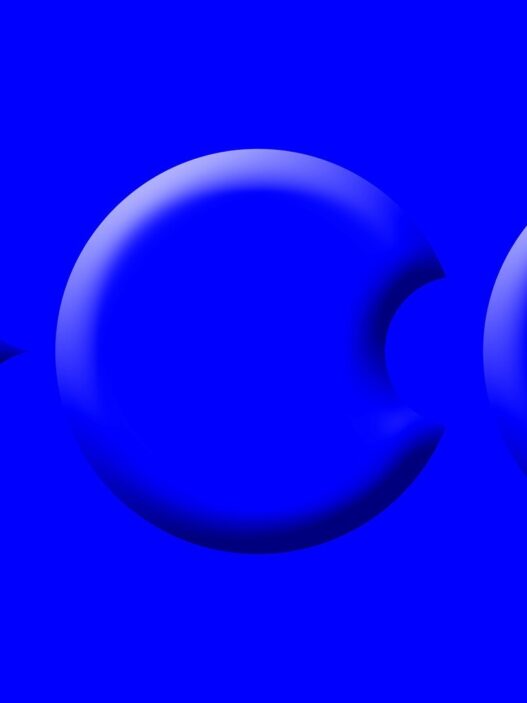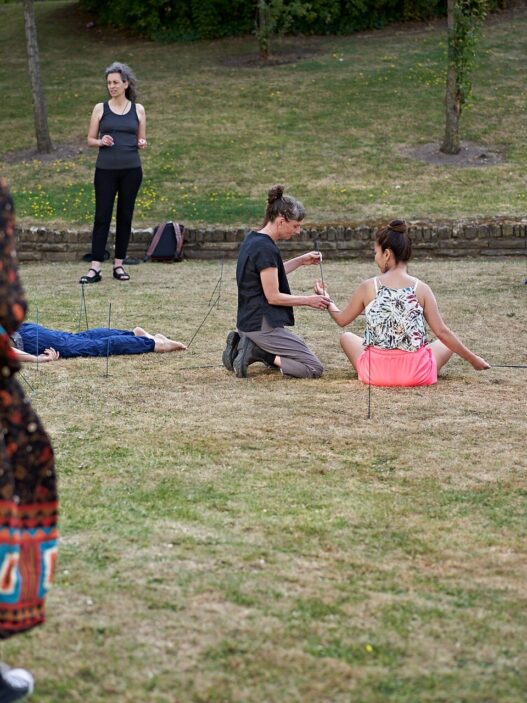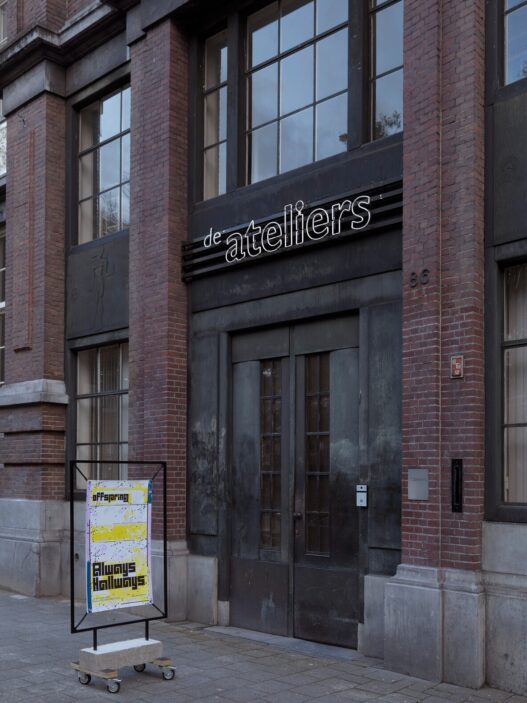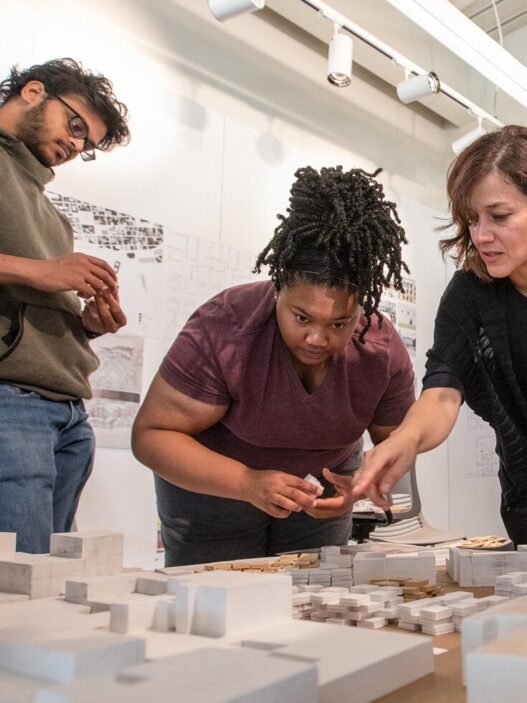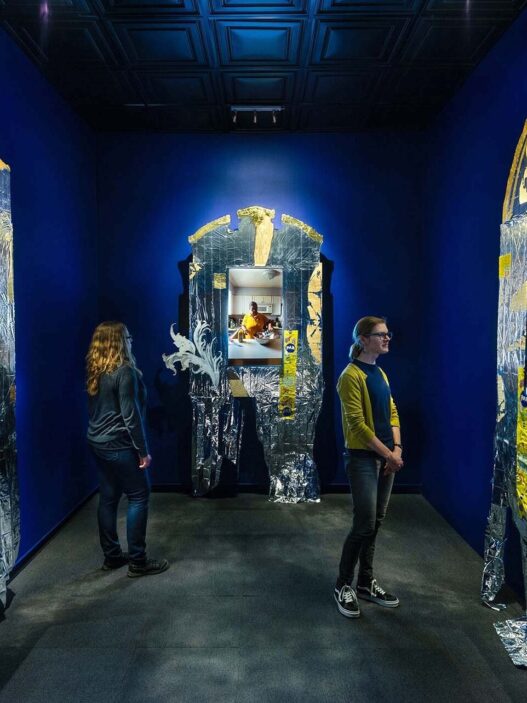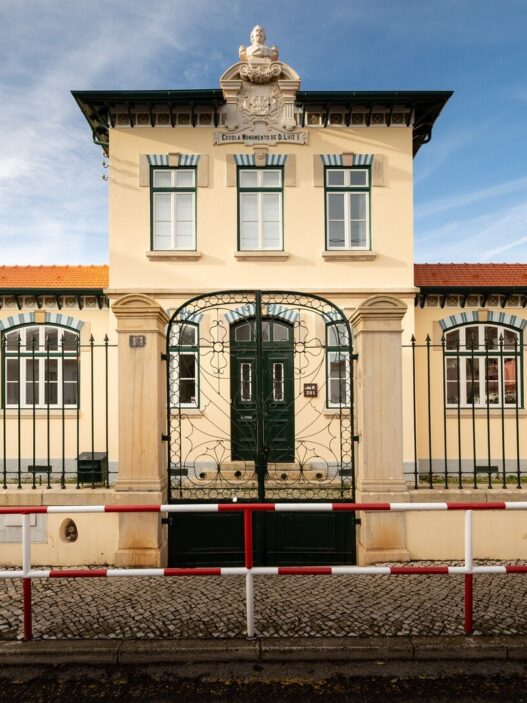October 25–27, 2022
We seek applications from artists and cultural producers with a range of backgrounds and cutting-edge transdisciplinary methods. A thorough evaluation of the applicant’s artistic and intellectual background, including pertinent examples of completed work, a statement of goals, and letters of recommendation, forms the basis for admission. The Department of Architecture processes graduate program entry, with help from MIT’s online admissions system.
Learn more about the online application and portfolio requirements here.
Schedule of events: Each session will include an application, curriculum, financial aid and resources overview; ACT production and fabrication resources; Q&A with current ACT graduate students and alumni; and faculty presentations.
The Master of Science in Art, Culture, and Technology at MIT is an academic program and hub of critical art practice, artistic intelligence, and discourse within the School of Architecture and Planning at MIT. The MIT Art, Culture, and Technology (ACT) program is run by eminent artist-professors, with the help of a vibrant ensemble of practitioner graduate students, employees, affiliates, and visitors. In order to explore the intricate relationships between art, culture, and technology, ACT develops a community of artist-thinkers through an integrated approach to pedagogy, public event programming, exhibitions, and publishing. A traditional art school is not what ACT is. The program’s goal is to foster leadership in critical creative practice and deployment, to develop art as a crucial tool for experimenting with new forms of understanding, valuing, and expression, and to persistently explore the possibilities of an artistic research and educational environment.
ACT shares in a rich heritage of work expanding the notion of visual studies and enabling art to enlist science and technology in cultural production, critique, and dissemination at the civic scale. It was created in 2009 as the result of the merger of MIT’s influential Center for Advanced Visual Studies (CAVS, founded in 1967 by György Kepes) and the Visual Arts Program (VAP), which was established in 1989.
Faculty: Azra Akšamija, Judith Barry, Renée Green, Gediminas Urbonas, Nida Sinnokrot, Lara Baladi, Hector R. Membreno-Canales, Chucho Ocampo Aguillar, Tobias Putrih














